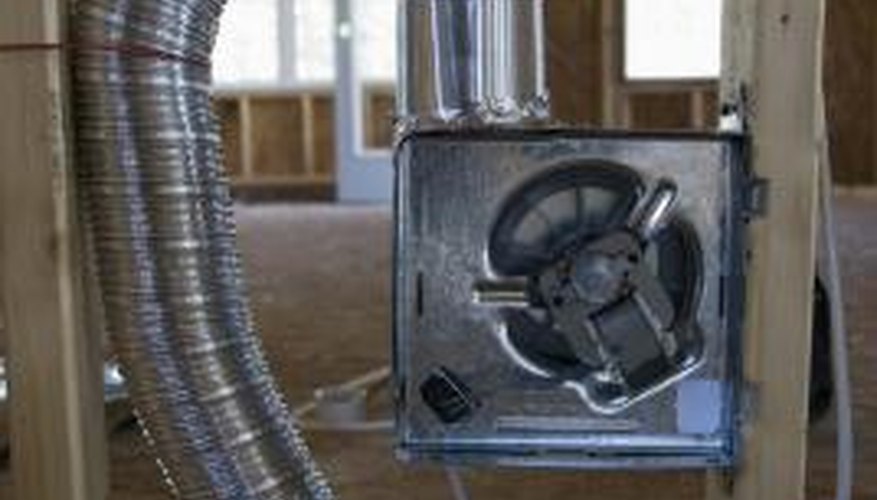"Vertical riser" is a term for anything that rises vertically through a building, although it normally specifically refers to vertical riser ducts, pipes or conduits. Stairs and elevators are also types of vertical risers but it's normal to refer to them by name.
Vertical Riser Ducts
Owing to the unsightly nature of mechanical and electrical pipes and cables, it's normal practice for these to be housed within vertical riser ducts. The positioning of vertical riser ducts is important to minimise the length of pipe and cable runs to keep costs to a minimum. It's also preferable that pipes within ducts run vertically unhindered through a building, particularly sanitary waste pipes so foul waste doesn't go around pipe bends.
- Owing to the unsightly nature of mechanical and electrical pipes and cables, it's normal practice for these to be housed within vertical riser ducts.
- The positioning of vertical riser ducts is important to minimise the length of pipe and cable runs to keep costs to a minimum.
Vertical riser ducts are subject to very stringent design guidelines as they breach floors and are susceptible voids for the spread of fire. For this reason, they are usually heavily fire protected.
Vertical Riser Cables and Pipes
Though vertical riser cables and pipes are normally concealed within ducts, there is some practicality to having them exposed for the means of periodic servicing. Cables are usually fed to sockets and light fittings through vertical riser conduits which are surface mounted to walls and columns. Like vertical riser ducts, cables and pipes that breach floors are often sleeved through fire-protected collars to prevent the likelihood of fire spread between floors.
- Though vertical riser cables and pipes are normally concealed within ducts, there is some practicality to having them exposed for the means of periodic servicing.
In some extreme cases, building service pipes are used as visual features and fully exposed, the Llyod's Building in London by architect Sir Richard Rogers is a perfect example.
Wet and Dry Risers
In commercial and larger residential developments, wet or dry risers are required for the means of fighting fires in an emergency. Built adjacent to firefighting stairs, these vertical pipes run the full height of the building to provide a direct water feed to each floor. The dry riser has a ground coupling pipe on the building's exterior that the fire service can connect to a fire hydrant or other water supply. Similarly, these pipes have couplings on each floor where hoses can be attached to fight fires nearer their sources. Wet risers are similar to dry risers, but are connected to the water mains supply of the building.
- In commercial and larger residential developments, wet or dry risers are required for the means of fighting fires in an emergency.
- The dry riser has a ground coupling pipe on the building's exterior that the fire service can connect to a fire hydrant or other water supply.
Vertical Risers for Access
Though normally referred to by name, stairs and elevators are vertical access risers. Like other risers, their positioning is important to minimise the time inhabitants of a building take to evacuate in an emergency. Incidentally, the vertical part of a step is called a riser, but this is not to be confused with a term "vertical riser."
